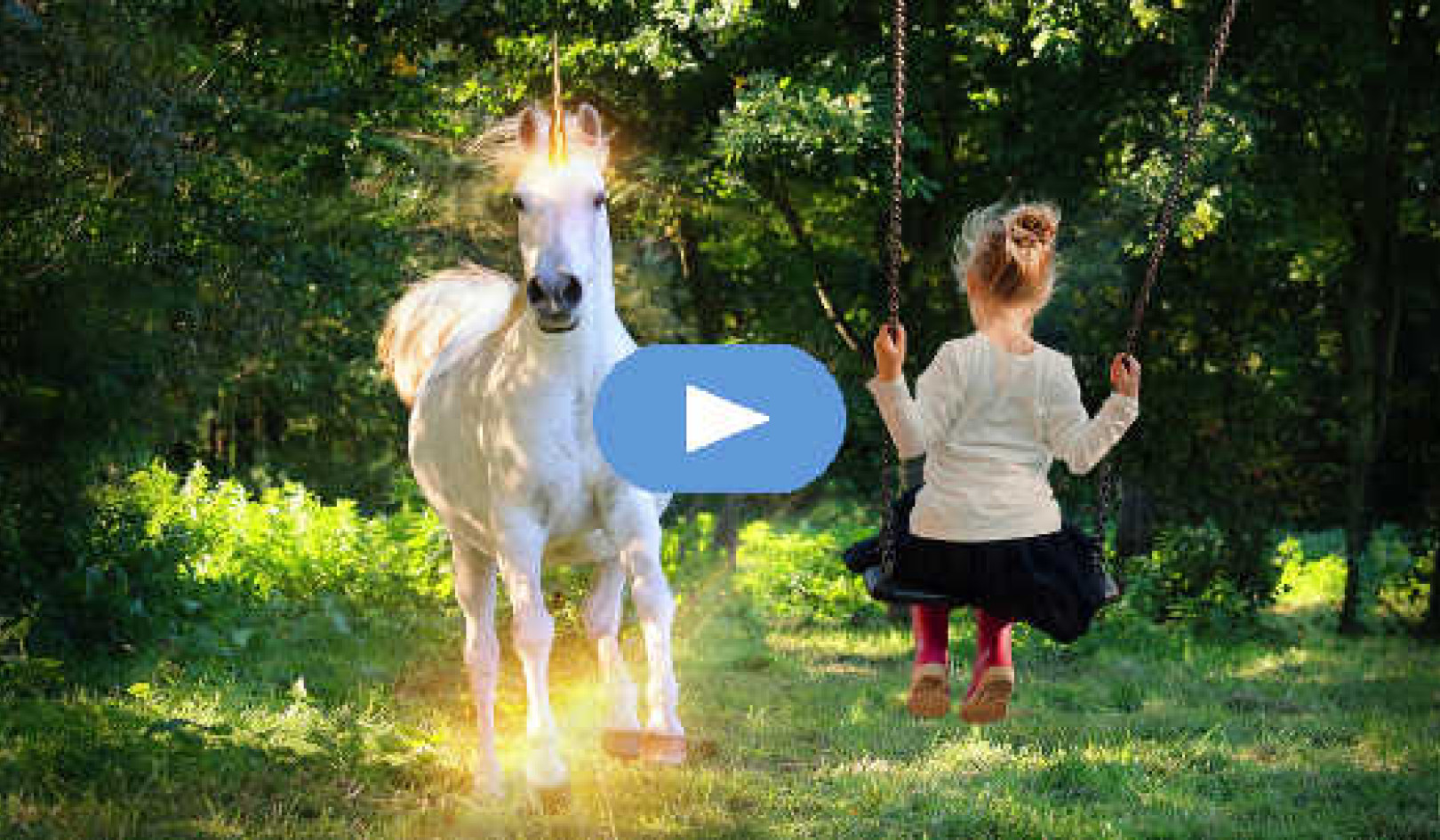
As the cofounder and former CEO of the Search Inside Yourself Leadership Institute, I helped craft SIYLI’s vision and mission statement, which is: “All leaders in the world are wise and compassionate, thus creating the conditions for world peace.”
When creating this statement, the SIYLI board felt that it was important to aim high (very high!) and to articulate an audacious vision and mission that might even appear impossible. That seems fitting for the audacious and impossible times we live in and for teaching practices of mindfulness and emotional intelligence.
However, I’ve sometimes seen people roll their eyes and dismiss such an impossibly naive, aspirational statement. Indeed, given the track record of human civilization as well as the existing state of violence, conflict, and wars around our planet, can you blame them? Where are these wise, compassionate leaders? How can any individual ever foster conditions for world peace?
Yet this practice in particular, connecting to the pain of others, is what gives me hope.
For instance, a highlight of the Search Inside Yourself two-day mindfulness and emotional intelligence program takes place at the end of the morning of the second day. In many ways, the first day and a half of the program are preparation for this moment: creating a safe environment, teaching participants to sit with more stillness and focus, and practicing listening without interrupting. By now, three emotional intelligence competencies have been introduced: self-awareness, self-management, and motivation. At this point participants are ready to take a deep dive into the practice of connecting to the pain of others. In particular, we practice two core skills: seeing similarities and offering kindness.
Here is the exercise we use, which has been modified for this book. The exercise has two parts: Part 1 focuses on seeing similarities, and part 2 on offering kindness.
In workshops, people are paired up and do this exercise while sitting and facing each other. If you decide to do that, I recommend asking someone you trust and are close to, and to have them read this chapter so they understand the context and goals of the exercise.
However, this exercise can also be done virtually with another person (such as over the phone or via video conference), and it can be practiced alone: Simply imagine sitting across from whoever you choose, whether a real or imaginary person, and imagine them speaking the script below.
Part 1: Seeing Similarities
Begin with a few minutes of settling, or mindfulness meditation. Bring attention to your body and breath, and let go of the busyness and activities of the day.
Then become aware of the person sitting in front of you. Take a moment to look at this person. They are a human being. . . just like you. Notice your connection as human beings, and notice whether you feel comfortable with this thought or whether it raises some discomfort. Feel free to maintain eye contact or not.
Then read each of the following sentences, either speaking them out loud or saying them silently in your head. Take your time and consider each statement as it’s spoken.
* This person in front of me has a body and a mind... just like me.
* This person in front of me has feelings and thoughts. . . just like me.
* This person in front of me has experienced pain, sadness, has been angry, hurt, and confused. . . just like me.
* This person in front of me has experienced physical and emotional pain and suffering.. . just like me.
* This person in front of me wishes to be free from pain and suffering. . . just like me.
* This person in front of me has experienced many joys and times of happiness.. .just like me.
* This person in front of me wishes to be healthy, loved, and have fulfilling relationships.. . just like me.
* This person in front of me wishes to be happy... just like me.
Part 2: Offering Kindness
Now practice offering kindness. Allow good wishes to arise. Before you begin, take a moment to look at this person again. They are a human being. . . just like you.
Then, either speaking out loud or silently in your head, read the following statements, taking a pause between each one.
* I wish for this person in front of me to have the strength and the resources to navigate the difficulties in life.
* I wish for this person in front of me to be free from pain and suffering.
* I wish for this person in front of me to be happy.
* Because this person is a fellow human being. . . just like me.
Next, extend your wishes to others, to all others you can think of, being as bold in your generosity as you can be. If you want, name specific people in these statements, or name other communities you want to include.
* May everyone in this room, building, or house be happy; may they be free from suffering, may they be at peace.
* May my family and friends be happy; may they be free from suffering, may they be at peace.
* May my coworkers and colleagues and all the people I work with be happy; may they be free from suffering, may they be at peace.
* May all beings in the world be happy; may they be free from suffering, may they be at peace.
* Finally, I remember to include myself. May I be happy; may I be free from suffering, may I be at peace.
When you finish speaking, bring your attention to your body and breath. Let go of any thoughts and feelings. Notice that you are breathing in and breathing out. When you both are done and ready, allow a few minutes to bring your attention back to the room.
Building Understanding And Creating Bridges
This exercise can build understanding and create bridges, even between those who are meeting for the first time or who misunderstand or may be in conflict with each other. I believe that one way to create a more peaceful world would be to create a safe space and then do this exercise with the people who feel disconnected and separate from one another.
These two practices, seeing similarities and offering kindness, are incredibly rich in terms of building inner resources and incredibly valuable for loosening our fears and biases and allowing us to see that we are all one tribe, one family — the human family.
Looking Under The Hood
Often our conversations go like this: How are you? Fine. How are you feeling? Fine. How is work, school, your relationships? Fine. A psychologist friend has suggested that FINE could be an acronym standing for “feelings inside not expressed.”
In other words, fine is a socially acceptable form of stonewalling or being defensive. We don’t have to accept fine as an answer, though. We can recognize this gentle form of avoidance and do what I sometimes call looking under the hood:
Rather than just skim the surface of feelings, we can encourage people to be real and share their transitions, challenges, and pain. We can be curious about and face, rather than avoid, fears and doubts, including our own. Without prying, and with respect, we might explore the myriad difficulties and challenges of life, including the feeling that we don’t belong and that we often feel safer hiding what hurts.
It can be surprising and powerful to uncover the pains and concerns of others, which live just under the surface of daily life. This pain is the glue that connects us, the emotional resonance of what every human being shares — our struggles, failures, vulnerability, and suffering; our common humanity.
As Plato said, “Be kind, for everyone you meet is fighting a hard battle.”
TRY THIS: Look for opportunities to look under the hood of other people. When meeting someone at a party or business gathering, instead of talking about the weather or other small talk, try asking: Please tell me your story. Politely but sincerely ask: What are some of your biggest challenges? How did you get to be doing what you are doing? What obstacles did you overcome?
Then just listen, while seeing similarities and offering kindness.
Copyright ©2019 by Marc Lesser. All Rights Reserved.
Printed with permission from New World Library
www.newworldlibrary.com
Article Source
Seven Practices of a Mindful Leader: Lessons from Google and a Zen Monastery Kitchen
by Marc Lesser
 The principles in this book can be applied to leadership at any level, providing readers with the tools they need to shift awareness, enhance communication, build trust, eliminate fear and self-doubt, and minimize unnecessary workplace drama. Embracing any one of the seven practices alone can be life-changing. When used together, they support a path of well-being, productivity, and positive influence.
The principles in this book can be applied to leadership at any level, providing readers with the tools they need to shift awareness, enhance communication, build trust, eliminate fear and self-doubt, and minimize unnecessary workplace drama. Embracing any one of the seven practices alone can be life-changing. When used together, they support a path of well-being, productivity, and positive influence.
Click here for more info and/or to order this paperback book. Also available in a Kindle edition.
About the Author
 Marc Lesser is a CEO, Zen teacher, and author who offers trainings and talks worldwide. He has led mindfulness and emotional intelligence programs at many of the world’s leading businesses and organizations, including Google, SAP, Genentech, and Twitter. You can learn more about Marc and his work at www.marclesser.net and www.siyli.org.
Marc Lesser is a CEO, Zen teacher, and author who offers trainings and talks worldwide. He has led mindfulness and emotional intelligence programs at many of the world’s leading businesses and organizations, including Google, SAP, Genentech, and Twitter. You can learn more about Marc and his work at www.marclesser.net and www.siyli.org.
Related Books
at InnerSelf Market and Amazon




























